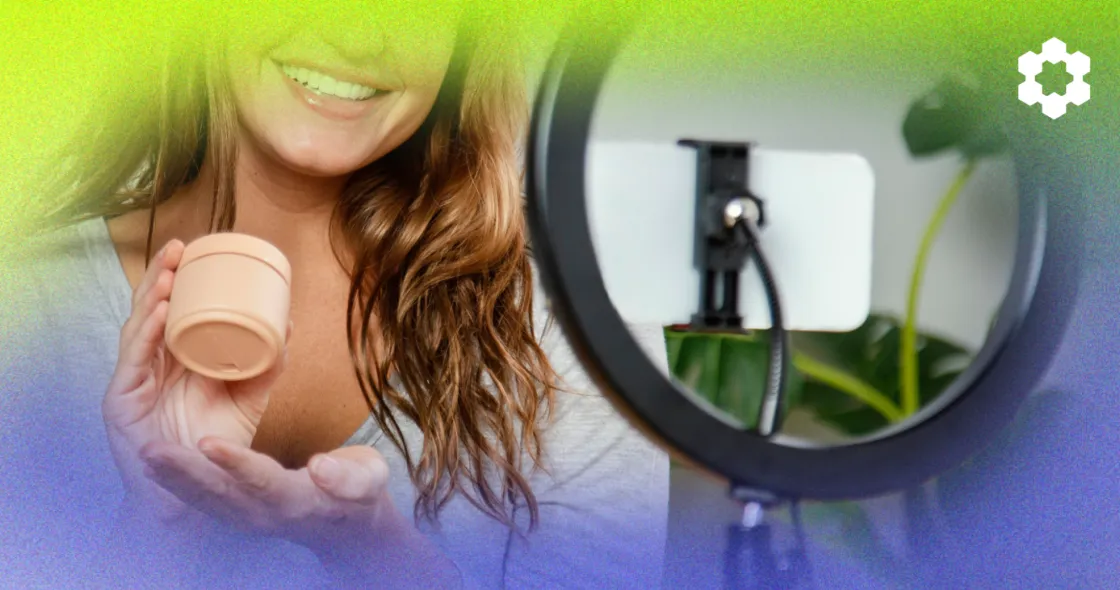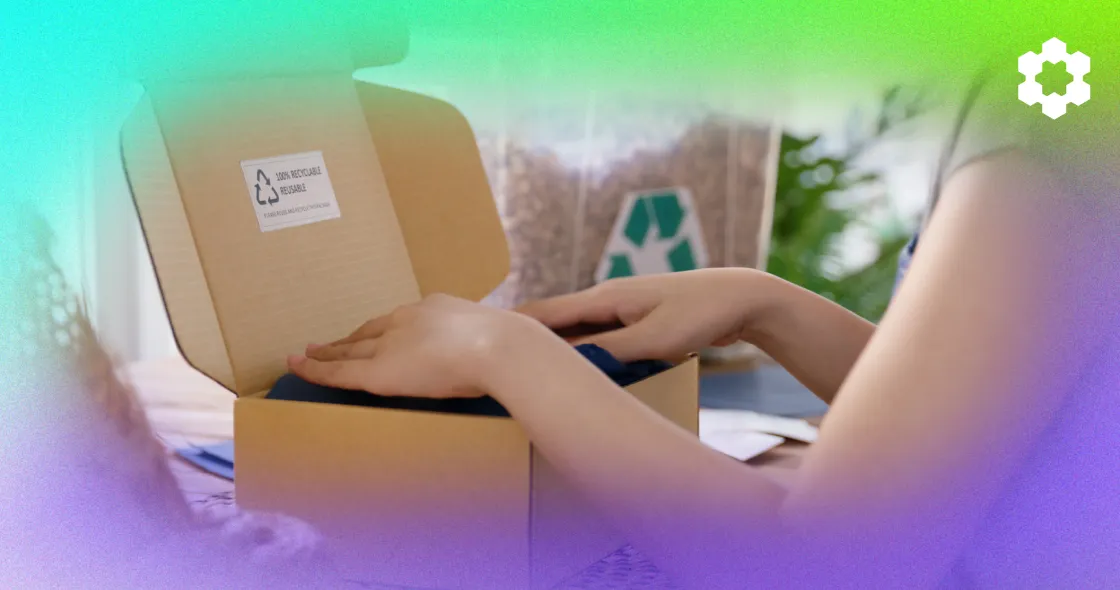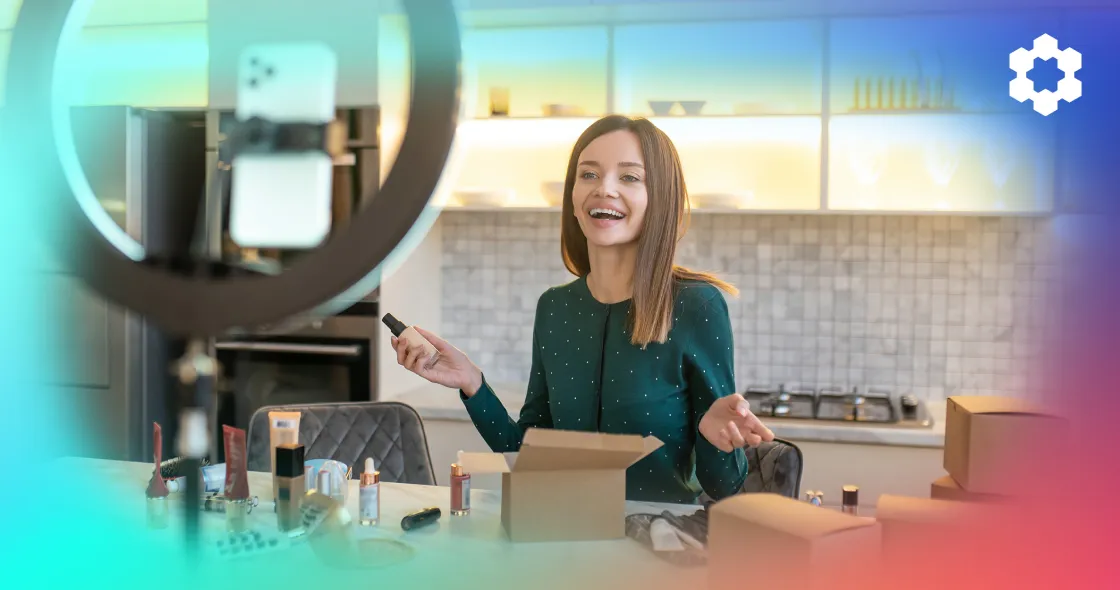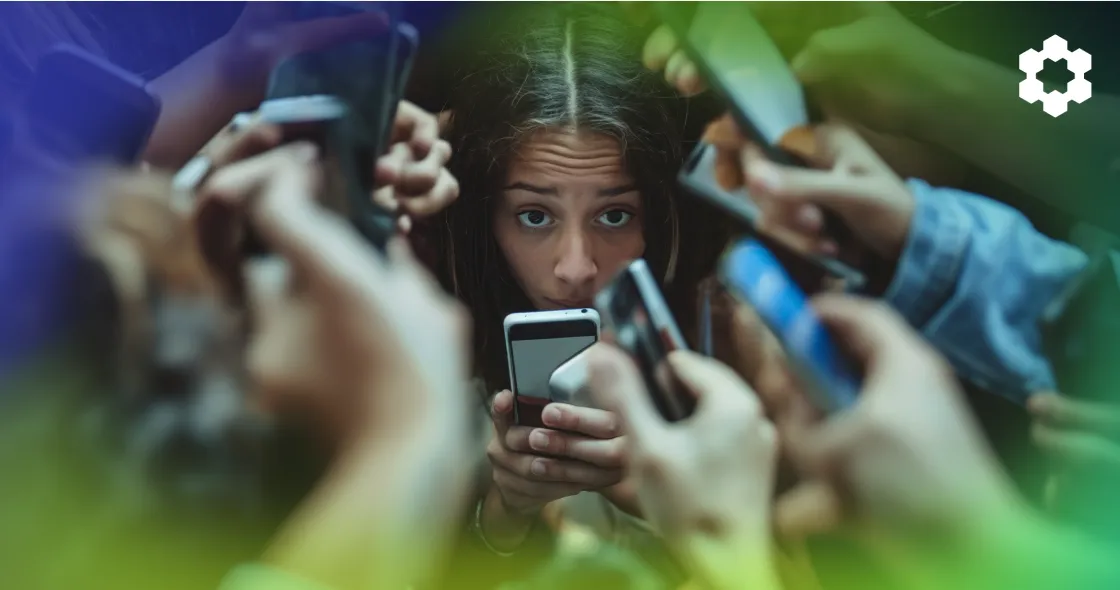Since the start of 2022, Amazon has been reducing its private-label offerings and discontinuing sold-out items. The most recent rumor? That Amazon may exit the private label scene altogether.
While the rumors are largely unconfirmed, they’ve generated significant buzz among global sellers. Many are speculating about why this might happen, and most are concerned about what it would mean for other private-label sellers — and the ecommerce industry as a whole.
Here’s what you need to know so you can be prepared for what comes next.
A Brief History of Amazon-Owned Private Labels
Amazon began its self-owned private-label journey in 2005 with Pinzon, selling household goods like kitchen utensils. But the brand that truly changed the game was AmazonBasics, which launched in 2009. The goal was simple enough: Create a “store brand” version of popular name brand products that the average person could buy at an affordable price.

For years, every popular product had an AmazonBasics option — always at the best price available. Amazon eventually diversified, though, using different brands for different categories of products. In 2017, it owned 30 different brands. Now it’s believed to be over 100.
The exact number is difficult to know for sure because Amazon has never publicly disclosed their full list of offerings. What we do know, though, is the effect it’s had on the competition.
The Dominance of Amazon’s First-Party Private-Label Business
Amazon gained prominence as being a global marketplace. It served as a platform for buyers and sellers to find each other and do business safely, giving millions of sellers the opportunity to earn a living or a supplementary income.
But when Amazon entered its own arena as a private-label seller, it was readily apparent that fairness was off the table.
Amazon was a trusted name. It always knew the most popular items people were searching for, and their brand was always cheaper than every third-party seller. They had all the data necessary to dominate the market — all the power to manipulate the marketplace to their whim.
What was the result of this dominance?
Retailers needed to lower their prices to compete. They needed to aggressively spend on pay-per-click (PPC) advertising and make use of every tool they could to get in the buy box and have a chance of being noticed.
In terms of profits, the net result was a mad race to the bottom, and the collective outrage from the selling community was heard around the world.
Why Is Amazon Cutting Back?
So if Amazon has been dominating its own marketplace for years, why would it exit the private-label space now?
Looking at the history of the selling giant, there are two major contributing factors.
Regulatory Concerns
Amazon has been under the scrutiny of US antitrust regulators since 2019 and European regulators since 2020. The European Commission charged Amazon with using its size, power, and data to push its own products and gain an unfair advantage over rival merchants.
As a result, Amazon conceded to stop using private data on competing businesses to create an unfair advantage. It also agreed to make it easier for customers to find alternatives outside of the buy box.
Substantial Losses
What could be more concerning than antitrust investigations?
Amazon losing money on its own retail business.
After subtracting Amazon Web Services (AWS) and Amazon Prime memberships from its first quarter earnings, one calculation puts Amazon retail at a $2 billion loss.
Amazon-owned private abels supposedly make up less than 1% of products in clothing, for example, but make up to 9% of sales. For the retail giant to have this significant of an advantage but still be operating at a loss is an ominous sign in the eyes of many forecasters.
But where some people see a crisis, others see an opportunity.
Leveling the Playing Field for Third-Party Sellers

With Amazon potentially exiting the private-label space, third-party sellers have a tremendous opportunity to fill the void and convert shoppers into their own customers.
And here’s an added bonus: Without needing to compete with Amazon for the buy box, advertising costs have the potential to dramatically decrease.
What happens if Amazon maintains its private-label offerings?
If it keeps its promise to only use publicly available data on it’s competition, third-party sellers will still see a more level playing field. All things considered, this could reverse the “race to the bottom” that has been happening for years.
While some retailers will breathe a sigh of relief, others will likely become even more aggressive to become the new number one in their verticals.
Preparing for a New Ecommerce Future
It’s still unclear whether Amazon will completely pull out of private-label sales or merely scale back its offerings and tactics.
But one thing is certain: There will soon be a “new normal” in ecommerce. The sellers who will be most successful will be the ones who prepare now instead of playing catch-up later.
PPC advertising is one of two major factor that will decide which listings get the most traffic. To save time and minimize ad spend, use PPC Entourage to launch, automate, and optimize campaigns.
The other major factor for success is driving external traffic.
External traffic pushes your product to new audiences, and sending traffic to Amazon strongly boosts your product ranking, which will help you reach existing Amazon shoppers. PixelMe can help you advertise on Google, Facebook, and TikTok, and retarget anyone that clicks on your links.
Amazon’s withdrawal as a retailer — whether partial or total — will no doubt change the ecommerce landscape. The best tactic to navigate this change? Prepare as soon as possible so that you’re ready to adapt when the time comes.








